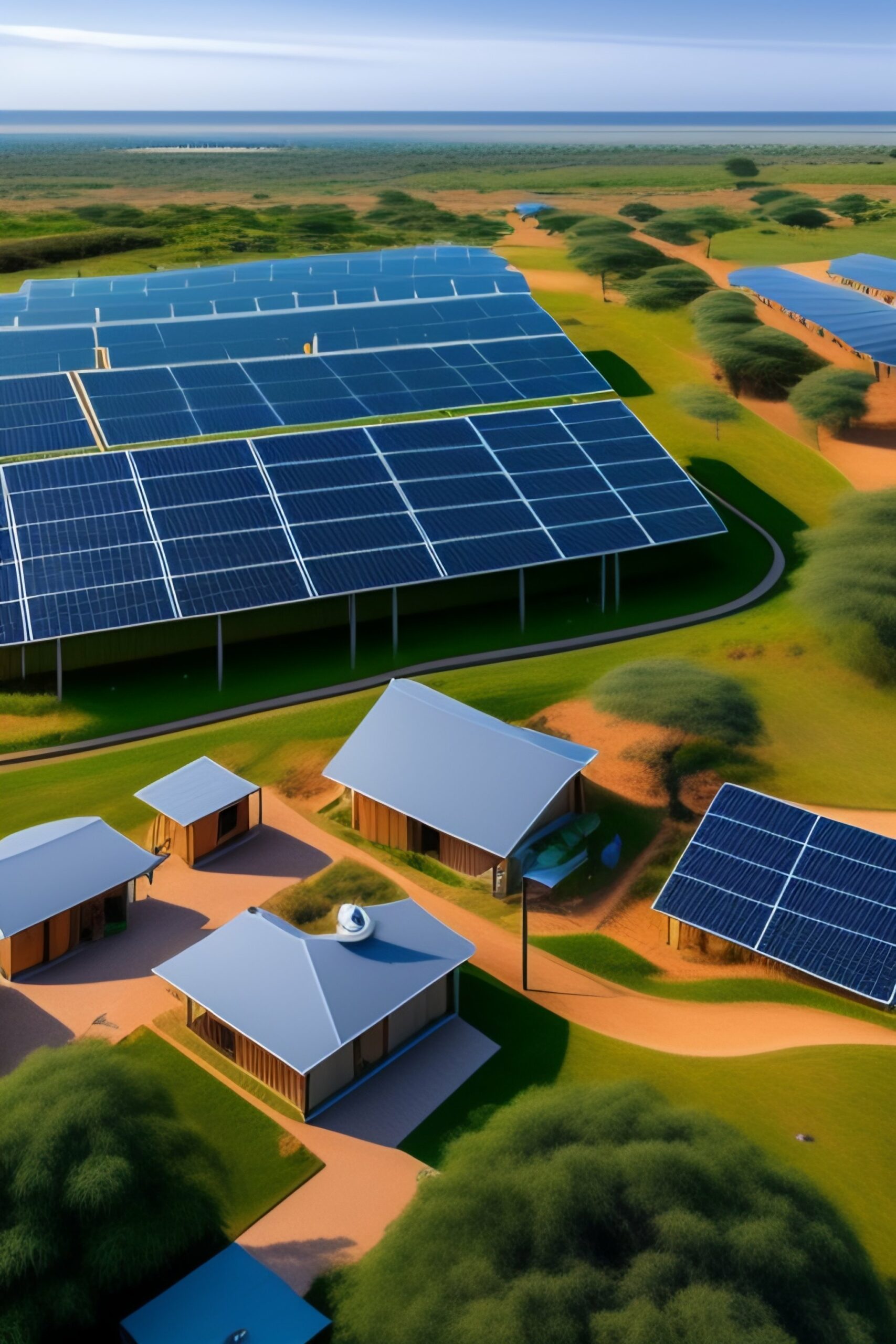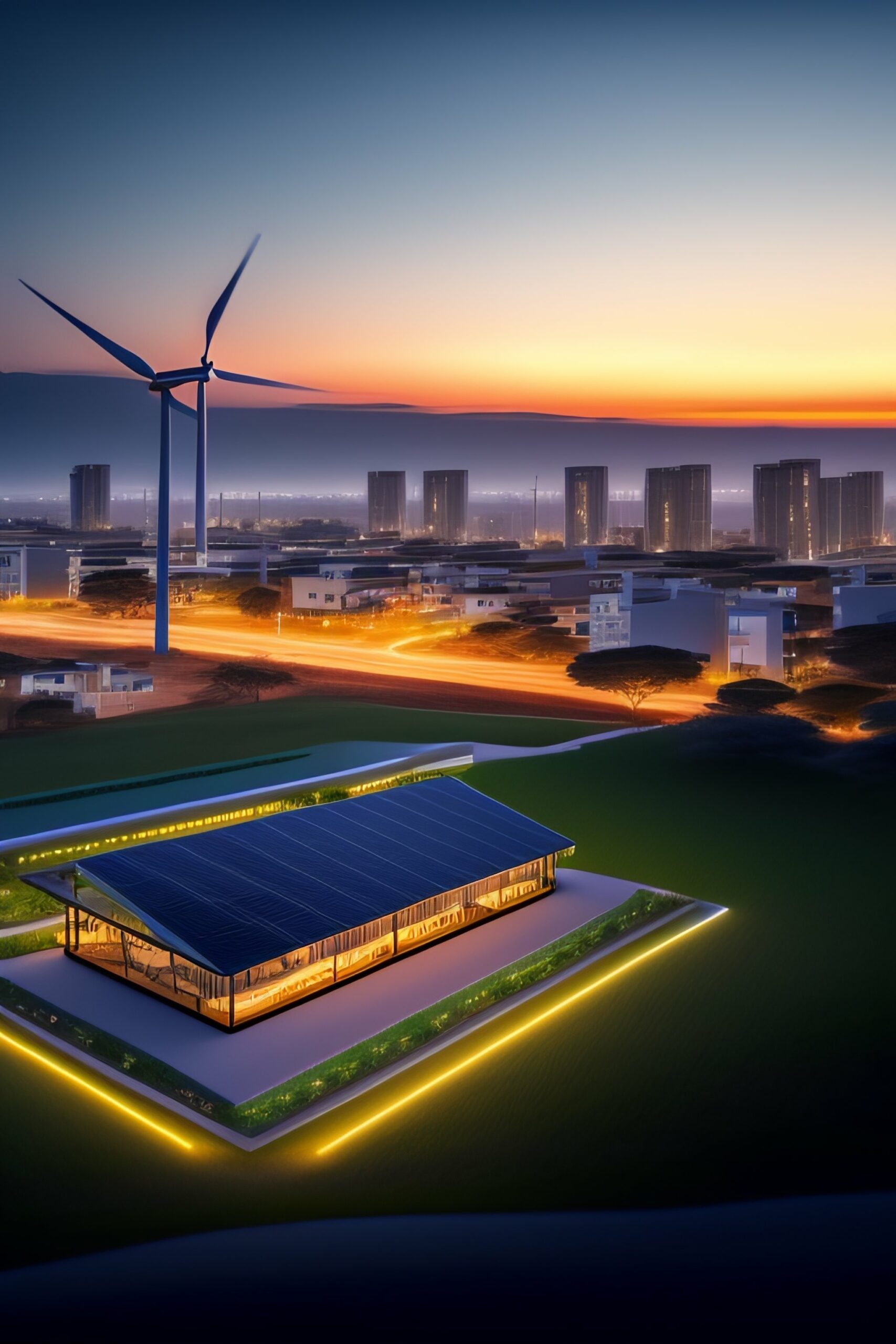The future of energy storage is an exciting and rapidly evolving field. With the world’s energy needs growing, the need for efficient and reliable energy storage solutions is becoming increasingly important. As the demand for renewable energy sources continues to rise, energy storage technologies are becoming more advanced and efficient.
The most common form of energy storage today is batteries. Batteries are used to store energy from renewable sources such as solar and wind, and can be used to power homes and businesses. Batteries are becoming increasingly efficient and cost-effective, and are expected to continue to improve in the future.
Another form of energy storage that is gaining traction is pumped hydro storage. This technology uses water to store energy, and is becoming increasingly popular due to its low cost and high efficiency. Pumped hydro storage is also being used to store energy from renewable sources, and is expected to become even more popular in the future.
A third form of energy storage that is gaining traction is compressed air energy storage (CAES). This technology uses compressed air to store energy, and is becoming increasingly popular due to its low cost and high efficiency. CAES is also being used to store energy from renewable sources, and is expected to become even more popular in the future.
Finally, the use of hydrogen as an energy storage medium is also gaining traction. Hydrogen can be used to store energy from renewable sources, and is becoming increasingly popular due to its low cost and high efficiency. Hydrogen is also being used to power fuel cells, which are becoming increasingly popular in the transportation sector.
Overall, the future of energy storage is an exciting and rapidly evolving field. With the world’s energy needs growing, the need for efficient and reliable energy storage solutions is becoming increasingly important. As the demand for renewable energy sources continues to rise, energy storage technologies are becoming more advanced and efficient. In the future, we can expect to see even more efficient and cost-effective energy storage solutions, such as batteries, pumped hydro storage, compressed air energy storage, and hydrogen.
[






